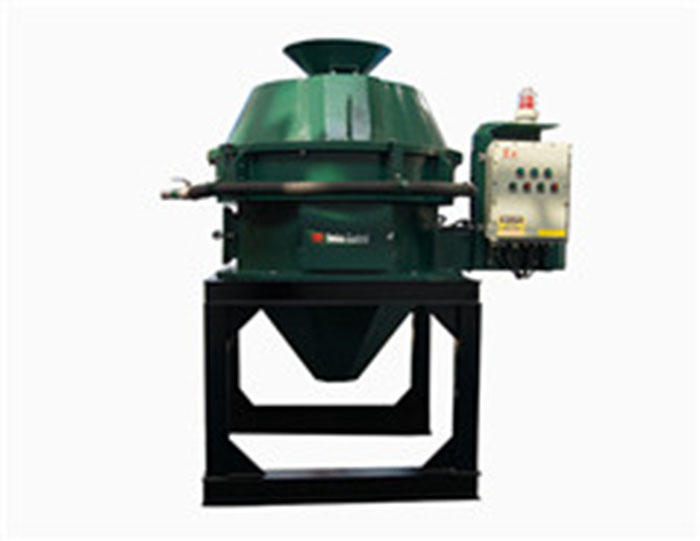

 Linear Motion Shale Shaker In Drilling Rig
Linear Motion Shale Shaker In Drilling Rig  Oilfield Mud Cleaner
Oilfield Mud Cleaner  Drilling Fluid Decanter Centrifuge
Drilling Fluid Decanter Centrifuge  Drilling Mud Desander
Drilling Mud Desander  Hydrocyclone Desilter
Hydrocyclone Desilter  Centrifugal Pump/Centrifugal Mud Pump
Centrifugal Pump/Centrifugal Mud Pump  Shear Pump
Shear Pump  Jet Mud Mixer
Jet Mud Mixer  Horizontal Mud Agitator
Horizontal Mud Agitator  Constant Pressure Drilling Fluid Mud Gas Separator
Constant Pressure Drilling Fluid Mud Gas Separator  Mud Gun
Mud Gun  Mud Tank
Mud Tank  Solids Control System Vacuum Degasser
Solids Control System Vacuum Degasser  Flare Ignition Device
Flare Ignition Device  Diesel Tank
Diesel Tank  Submersible Slurry Pump
Submersible Slurry Pump Best Solids Control Jet Mud Mixing Pump
In the realm of drilling operations, effective solids control is crucial for maintaining a safe and efficient work environment. One of the pivotal components in this process is the jet mud mixing pump. This equipment plays a crucial role in preparing and maintaining drilling fluids, ensuring optimal performance and minimizing the risks associated with drilling operations.
Understanding Jet Mud Mixing Pumps
Jet mud mixing pumps are specialized devices designed to efficiently mix drilling fluids and additives. These pumps utilize high pressure to create a jet of fluid that effectively disperses solid components into the liquid medium. The primary purpose of these pumps is to ensure uniformity in the drilling mud, which is essential for maximizing drilling efficiency and performance. By achieving a consistent mixture, operators can better control the properties of the drilling fluid, including its viscosity, density, and other essential characteristics.
Importance of Solids Control
Effective solids control is paramount in the drilling industry since it directly influences penetration rates, overall drilling performance, and the longevity of drilling equipment. Solids control involves the management and separation of drilling cuttings from the mud, and a jet mud mixing pump is integral to this process. By maintaining the right balance of solid and liquid components in the drilling mud, operators can significantly reduce the risk of wellbore instability and other issues that can arise from excessive solids content.
Features of Jet Mud Mixing Pumps
The best jet mud mixing pumps come equipped with several features that enhance their performance and efficiency
1. High Pressure Operation These pumps are designed to operate at high pressures, which is crucial for creating the necessary jet action. This high-pressure capability allows for deeper and more efficient mixing of drilling fluids.
2. Durability and Reliability Jet mud mixing pumps are built to withstand the harsh conditions of drilling environments. Their robust construction ensures reliability over prolonged periods of operation, reducing the need for frequent maintenance.

3. Adjustable Flow Rates The best pumps allow operators to adjust flow rates according to the specific requirements of the drilling operation. This flexibility ensures that the mixing process can be tailored to suit varying conditions and fluid formulations.
4. User-Friendly Design Modern jet mud mixing pumps are designed with ease of operation in mind. Operators can quickly set up, operate, and adjust the pumps, facilitating smooth workflow in the drilling process.
Benefits of Efficient Mixing
Utilizing a high-quality jet mud mixing pump contributes to various benefits in drilling operations
1. Improved Drilling Performance A well-mixed drilling fluid enhances the rate of penetration, allowing for faster drilling and reducing operational costs.
2. Enhanced Well Control Optimal solids control aids in stabilizing the wellbore, which is essential for preventing blowouts and other hazardous situations.
3. Reduced Wear and Tear on Equipment By maintaining the right properties of drilling mud, operators can minimize the wear on drill bits and other equipment, prolonging their lifespan and reducing replacement costs.
4. Cost Efficiency Efficient mixing reduces the amount of additives required and minimizes waste, leading to significant cost savings over time.
Conclusion
In conclusion, jet mud mixing pumps serve as essential tools in achieving effective solids control in drilling operations. Their ability to create a well-mixed and balanced drilling fluid is vital for enhancing performance, ensuring safety, and reducing costs. Investing in the best jet mud mixing pump is a strategic decision for any drilling operation aiming to maximize efficiency and mitigate risks associated with wellbore instability. As the industry continues to evolve, the significance of such technologies will only grow, highlighting the need for continual innovation and improvement in solids control methods.